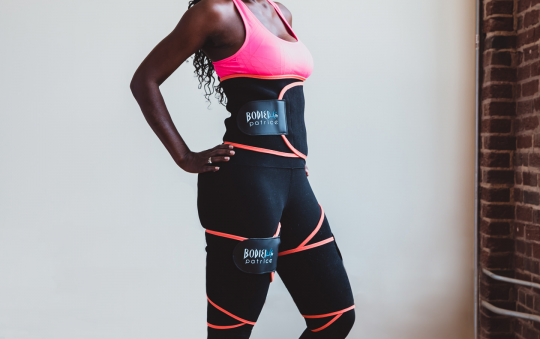St. John’s Well Child and Family Center released a report on its efforts to combat the pandemic in south and central Los Angeles, asserting that it found “extreme racial and ethnic disparities in U.S. healthcare, housing and economic security.”
“COVID-19 has revealed the extreme racial and ethnic disparities in U.S. healthcare, housing, and economic security,” said Jim Mangia, President and CEO of St. John’s Well Child and Family Center.
To date, St. John’s has tested over 25,000 primarily Latinx and Black community members for COVID-19, Mangia said.
“From day one of dealing with the pandemic in South and Central Los Angeles, it was clear that our Latinx and Black neighbors were to shoulder the burden of yet another crisis,” Mangia said.
“This moment is a reckoning for all of us about the depth and gravity of structural problems due to systemic racism we have to collectively undo,” Mangia said.
“From the fact that our current socio-economic structures still force Black and Brown people to live in subpar housing or on the streets; to the fact that workers of color disproportionately hold frontline and `essential’ jobs in our factories, warehouses, and other jobs that must be done in person, do not provide paid sick leave, and have failed to provide protection during the pandemic; it is far beyond time for our leaders to reckon with this nation’s deep seated health disparities, and take bold action to address it. Now.”
The report includes the following areas:
— An outline of the challenges residents of south and central Los Angeles faced from the beginning of the pandemic, including subpar housing, food deserts, and chronic illness due to historic lack of healthcare access;
— A review of the proactive work completed by St. John’s early in the pandemic, including accessing their own Personal Protective Equipment (PPE) and testing kits as the federal government failed to act or provide guidance;
— An explanation of new processes St. John’s clinics quickly enacted, including setting up telehealth, quarantine tents, mobile testing, and contact tracing;
— Tracking the number of patients tested and infected over the past six months;
— Highlighting the racial disparities of COVID-19 contraction and death in L.A. County; and
— Calling for bold investments in places like south Los Angeles that are home to vulnerable communities, in order to continue fighting COVID-19 and future crises








